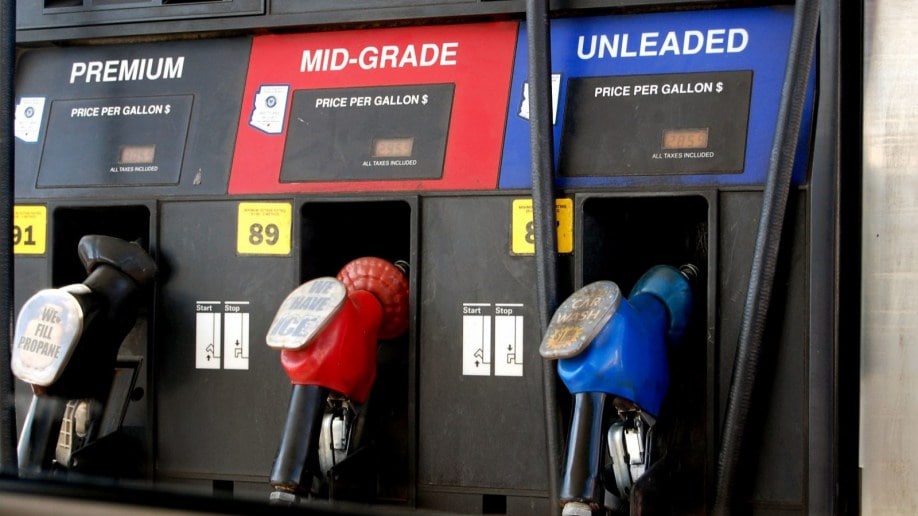The pipeline that carries nearly half of the East Coast’s gas, diesel, and jet fuel has resumed operations six days after it shut down due to a cyberattack.
“By mid-day today, we project that each market we service will be receiving product from our system,” says operator Colonial Pipeline. Gas supplies will return to their normal state over a period of several days.
“This should mean things will return to normal by the end of the weekend,” said U.S. Secretary of Energy Jennifer Granholm.
How to Get More Mileage Out of Your Current Tank of Gas
The pipeline shutdown triggered panic buying across the American Southeast. By Wednesday night, USA Today reported, 71% of gas stations in both North Carolina and the Atlanta metro area were out of fuel.
A Distribution Problem, Not a Shortage
There was never a gas shortage. Refineries in the Gulf Coast were producing as much gasoline as Americans need – even increasing supply in anticipation of the usual Memorial Day travel surge. But the country’s ability to move fuel to where it is wanted was in question.
“What you’re feeling is not a lack of supply or a supply issue. What we have is a transportation issue,” said AAA spokesperson Jeanette McGee. “There is ample supply to fuel the United States for the summer, but what we’re having is an issue with is getting it to those gas stations.”
The Most Fuel-Efficient Cars in Every Class
That led to long lines of motorists at many stations. Some motorists filled their tanks, then additional cans for storage at home.
Fewer Tanker Truck Drivers Still a Problem
Now that the pipeline has restarted operations, gas transport will begin to normalize. But the industry may remain challenged throughout the summer. The COVID-19 pandemic led to a shortage of drivers qualified to drive the tanker trucks that deliver gas from regional holding tanks to local stations for sale.
There’s plenty of gas. There are plenty of tanker trucks. But up to 25% of the nation’s tanker truck fleet sits idle due to a lack of drivers.
A return to normal depends on motorists, as well. “A lot of people aren’t going to hear about this very quickly,” said Patrick De Haan, head of petroleum analysis at GasBuddy. “People have jobs. They’re out and about — behavior won’t necessarily immediately change.”
Prices Fall
AAA reports this morning that the average price is back below $3 a gallon throughout the Southeast. It remains over $3 in parts of the Northeast, where panic buying was limited, and the West Coast, where prices often remain higher far from production facilities.








